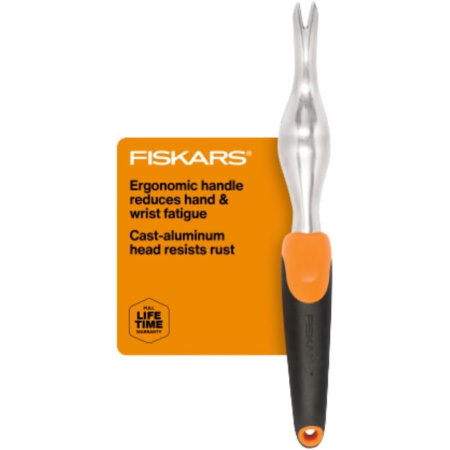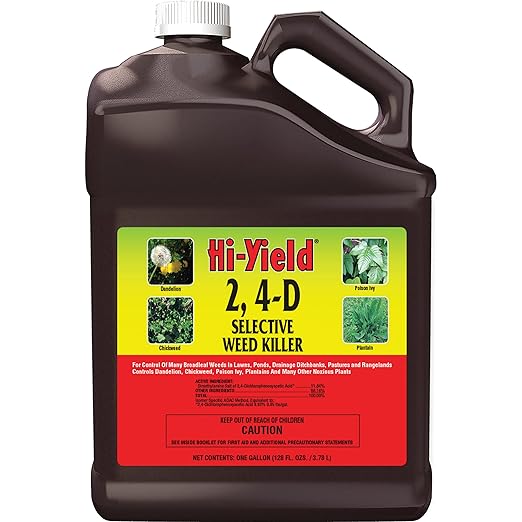How to get rid of spurge on lawns – expert tips to deal with this invasive weed
Combat spurge when it’s young to avoid the lawn weed rapidly spreading and becoming a bigger issue
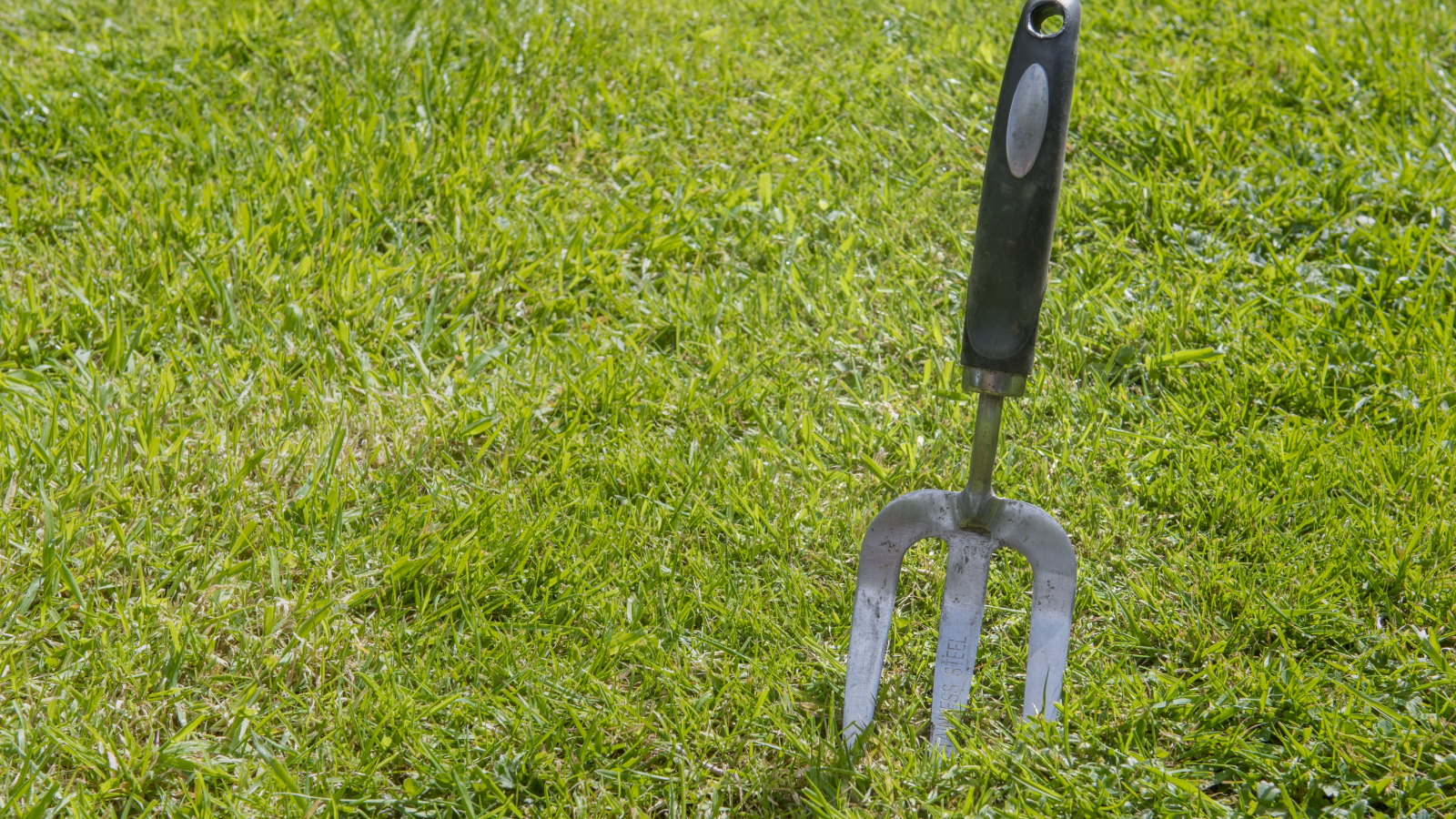

Spurge can be the scourge of many households. It is an aggressive and fast-spreading weed that grows widely. Spurge commonly invades lawns - it also attacks flower beds, driveways, and more - and can be tricky to treat if it takes hold.
One spurge plant can produce thousands of seeds, some of which can remain dormant in the soil for months or years before sprouting. Spurge is capable of overpowering existing grass and spreading rapidly throughout a lawn.
As spurge targets weak and unhealthy grass, good lawn care can promote strong grass to combat the threat. Even if you spot this unwanted invader, you can get rid of spurge in your lawn if you act quickly to stop it from spreading.
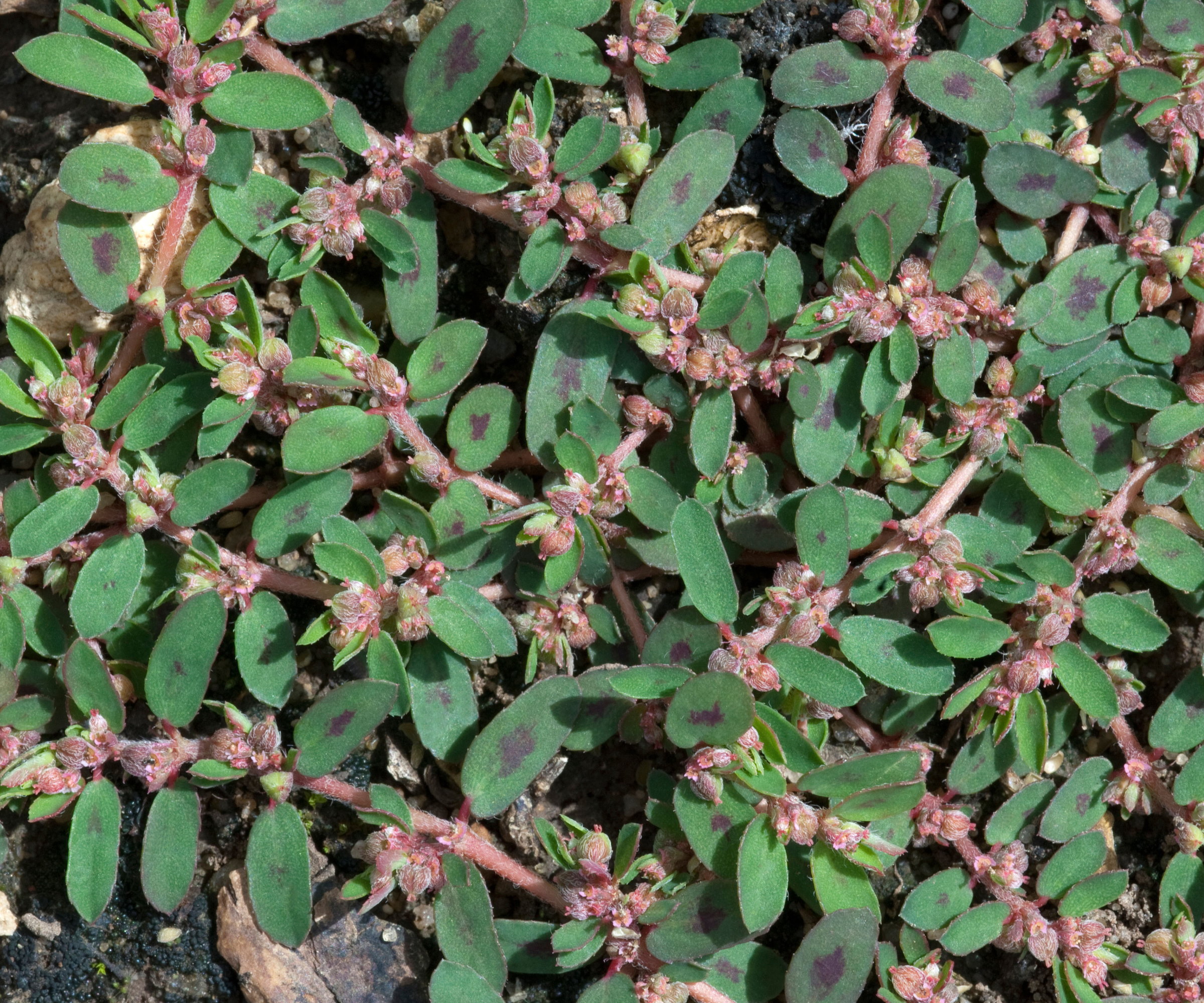
How do I get rid of spurge in my lawn?
There is no covering up that spurge is troublesome, but you can get rid of it. To help guide you in the right direction, we take a close look at what spurge is and get tips from lawn care experts on how to get rid of spurge in your lawn.
What is spurge?
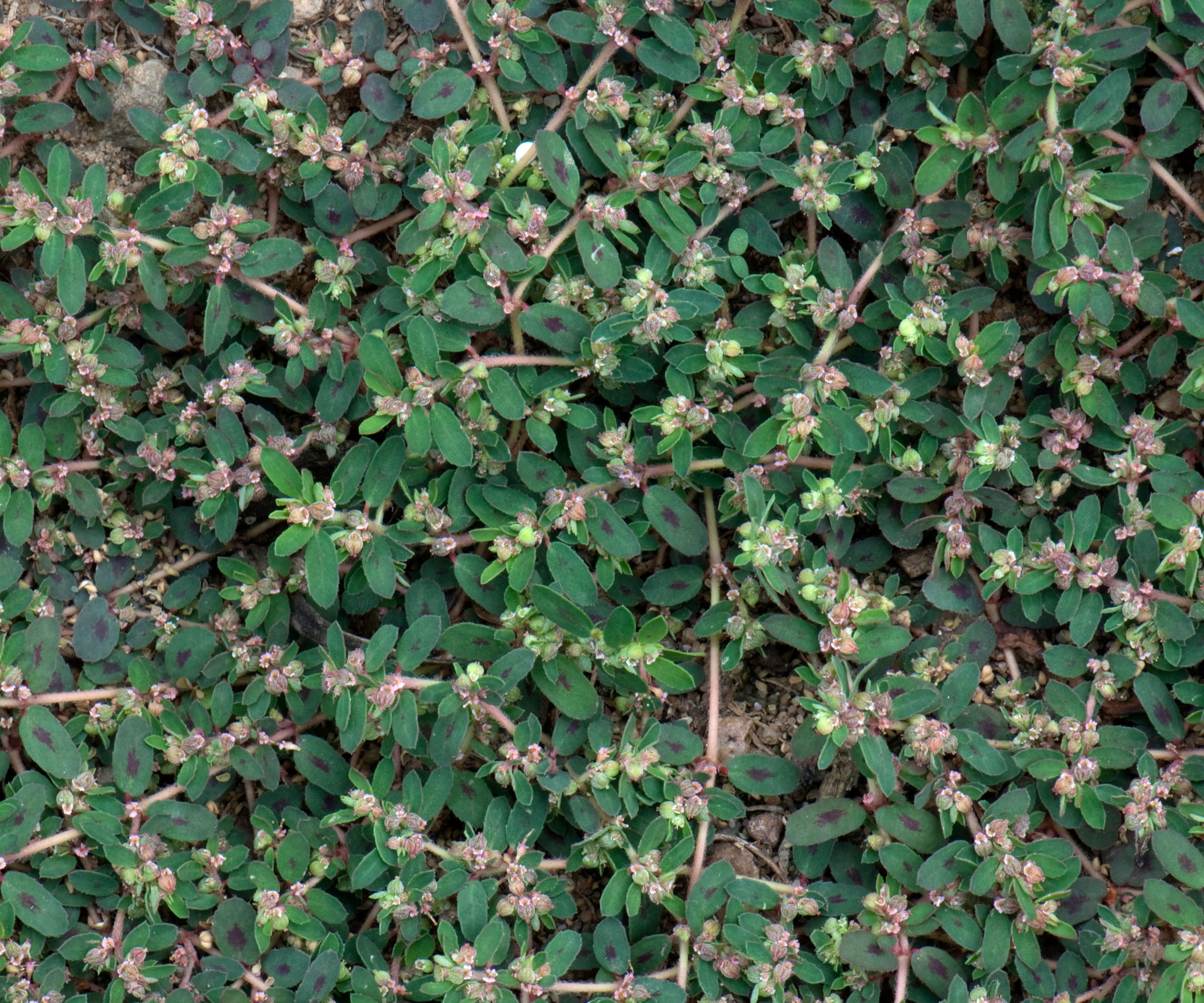
Spurge is a low-growing and fast-spreading lawn weed. Spurges are referred to as spotted spurge, creeping spurge, or prostrate spurge, and these unwanted plants can spread rapidly on domestic lawns. The weed can take hold in flower beds and is even often seen growing happily in cracks on a pavement or driveway.
In a domestic lawn, this troublesome invader thrives in stressed, weak, or unhealthy lawns and can quickly swamp the grass. Its dense mats grow close to the ground and produce red hairy stems that branch out from a central point. These stems produce a milky sap when broken, which can be a skin irritant, and leaves often have a red spot. A single spurge plant can reach three feet wide and grow a taproot up to two feet long.
Jeremy Yamaguchi, the CEO of Lawn Love, claims spurges, also known as sand mats, must be combatted quickly to prevent them from taking hold on a lawn. ‘Regularly scout for young spurge plants as soon as the temperatures reach 75F,’ he recommends. ‘It’s when most spurge weed types start growing. Because they spread so quickly and are so invasive, you want to identify and remove them ASAP. ‘
Design expertise in your inbox – from inspiring decorating ideas and beautiful celebrity homes to practical gardening advice and shopping round-ups.
Spurge spreads from underground stems and seeds, so care and attention are required to combat it and stop this scourge from spreading. But what can be done to prevent spurge from becoming a problem in the first place?

As the CEO of Lawn Love, Jeremy Yamaguchi helps homeowners find quality, reliable lawn care. Specializing in technology and using industry experience, he intends to revolutionize the lawn care industry.
How to prevent spurge
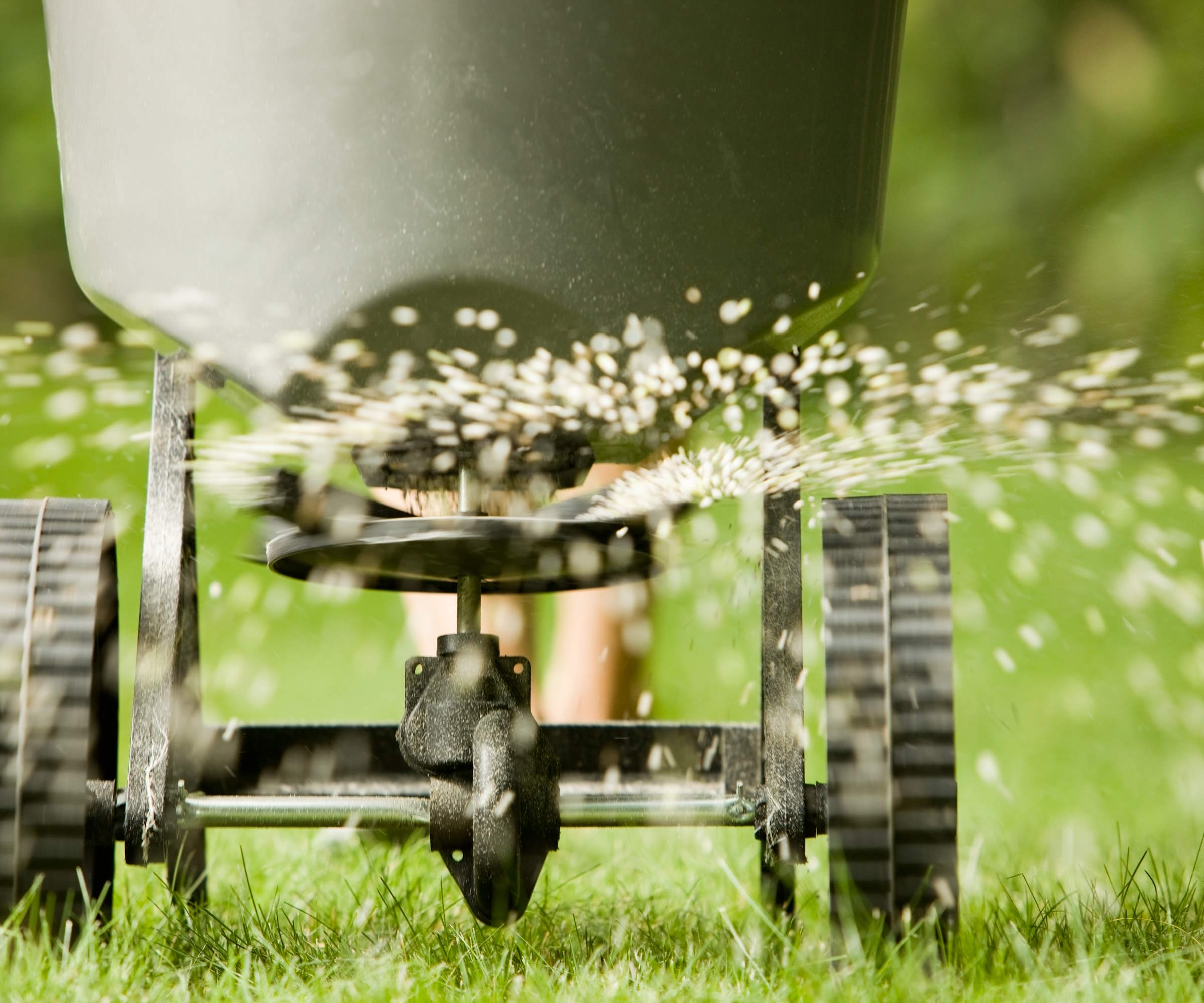
Spurge targets weak and unhealthy grass, so maintaining a healthy lawn is the best first line of defense. Having a green and thick lawn thanks to good year-round maintenance - including a routine of spring lawn care, summer lawn care, and fall lawn care - will help avoid the conditions that spurge thrives in.
Lydia Beaumont, the lifestyle editor at Gardeners Yards, recommends that prevention starts with maintaining a healthy, dense lawn. ‘Regular mowing, proper fertilization, and watering help create a lawn that outcompetes spurge,’ says Lydia.
Properly fertilizing a lawn provides the nutrients required to grow thickly and produce a dense, green lawn. A well-rounded feeding regime should include fertilizing a lawn in spring and another 1-2 applications throughout summer and fall.
Feeding, with watering, is key to a strong lawn that prevents spurge from becoming an issue. Watering grass deeply encourages the grass to develop strong roots. Only watering lightly, or not irrigating at all, is a lawn care mistake that means weak grass with shallow roots. Such weak or bare spots are ideal environments that spurge can take advantage of.
Another expert-approved way to prevent the outbreaks of spurge is to ensure there are no bare patches in the grass by planting grass seed. Scott McLeod, the owner of McLeod Landscaping, says: ‘I recommend homeowners overseed thin areas of lawn and water properly to promote dense, healthy turf.’

Lydia Beaumont is the Lifestyle Editor and regularly covers lawn care at Gardeners Yards. Gardeners Yards is a trusted online resource for gardeners to grow, inspire and discover.

Scott McLeod is the owner of McLeod Landscaping, a leading provider of commercial and residential landscaping services in Tewksbury, MA, and the surrounding areas. With over three decades of experience, Scott has grown McLeod Landscaping into a trusted partner for landscaping design, construction, renovation, enhancement, and maintenance.
How to get rid of spurge in grass
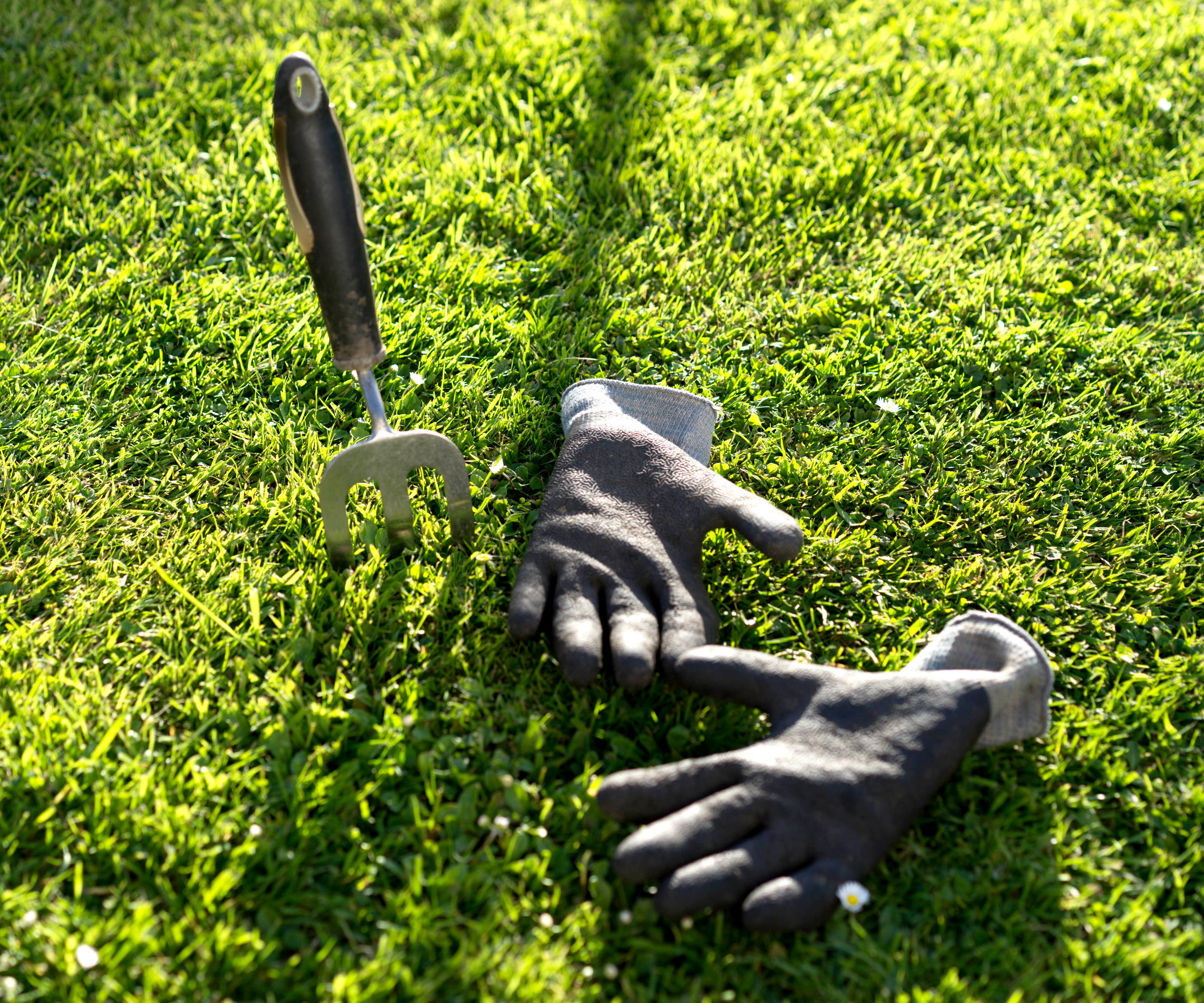
Identifying and dealing with spurge promptly can prevent it from quickly and aggressively spreading through a lawn. It invades so speedily as spurge has a fast lifecycle and will spread seed only 4-5 weeks after germinating. As Tom Monson, the owner of Monson Lawn & Landscaping, admits: ‘If you catch it before there are hundreds of spurge plants, it's very easy to remove the weed along with the taproot.
‘However, if many developed plants have already spread seed, it's going to be a battle.’
Hand-pulling is the best bet to get rid of small patches of spurge. Use a small trowel or hand fork to carefully lever the spurge out of the ground, ensuring the removal of the entire root system. Taking time to remove the whole root is important as otherwise, the weed will resprout from any sections of root left in the ground.
It is recommended to wear gloves, due to the potentially irritating sap that spurge produces if the stem breaks. Furthermore, any spurge must be bagged up and thrown away rather than added to your home compost.
There are chemical controls which can be applied to prevent spurge. Using pre-emergent herbicides in spring can prevent weed seeds from germinating - as spurge seeds can remain dormant in the soil and sprout years later - and help the grass grow strongly and thickly to prevent spurge from taking hold.
Spurge outbreaks during the season can be targeted with a post-emergent herbicide. This works best when the spurge plants are young and selective herbicides can target weeds without harming the grass. Scott McLeod from McLeod Landscaping recommends: ‘For established spurge, selective herbicides containing 2,4-D have provided the best control in my experience. Often multiple applications are needed.’
Maintaining a healthy lawn and being vigilant to deal with any outbreaks quickly is the best-recommended method, with chemical control left as a last resort. ‘A balanced approach works best,’ says Lydia Beaumont. ‘Non-chemical methods are great for preventing small infestations, while chemical herbicides can be used carefully for larger or more persistent issues.’
Following any lawn treatments, be sure to seed the spots with fast-growing grass seeds to fill the patches and prevent spurge from coming back.

Tom Monson is the owner of Monson Lawn & Landscaping, the residential and commercial lawn care and landscaping firm that has been serving the Twin Cities area since 2009
Shop equipment for getting rid of spurge
FAQs
Does vinegar kill spurge?
Vinegar can kill weeds as it contains acetic acid - an effective weedkiller. It can be used to kill spurge, however, it would only be successful on young plants. This approach would be less viable on older plants. It would not be recommended to use vinegar to get rid of spurge on lawns, as vinegar is a non-selective herbicide that would damage any grass it touches.
Lawn weeds are always troublesome and want to be dealt with. However, it is always important to do so sensibly to kill weeds but not harm grass. Adopting tactics such as hand-weeding and using specialized tools to completely remove weeds are always recommended, as well as doing proper research before using any weedkiller products.

Drew has worked as a writer since 2008 and was also a professional gardener for many years. As a trained horticulturist, he worked in prestigious historic gardens, including Hanbury Hall and the world-famous Hidcote Manor Garden. He also spent time as a specialist kitchen gardener at Soho Farmhouse and Netherby Hall, where he grew vegetables, fruit, herbs, and cut flowers for restaurants. Drew has written for numerous print and online publications and is an allotment holder and garden blogger. He is shortlisted for the Digital Gardening Writer of the Year at the 2025 Garden Media Guild Awards.
